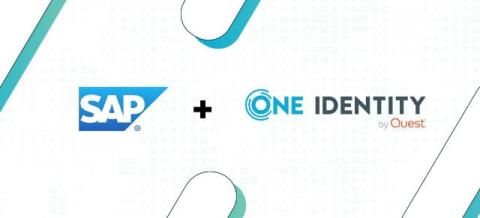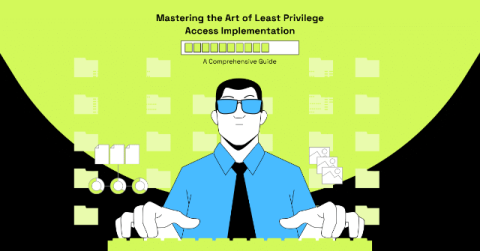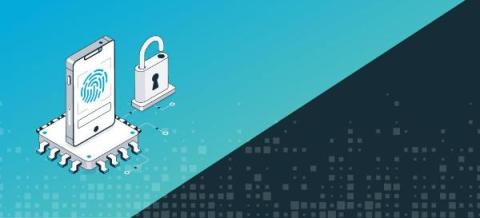How Enterprise Identity Protection Can Prevent Cyber Attacks?
Protecting enterprise identities has never been more critical in today's interconnected business landscape. Cybersecurity Ventures predicts cybercrime will cost the world $10.5 trillion annually by 2025. Attacks on company identities are a major cause of cybercrime. Hackers are always trying to steal employee logins to get into company secrets. They use tricks like phishing emails and fancy hacking to do this. Protecting identities is super important for businesses, and it is not just an IT concern.











